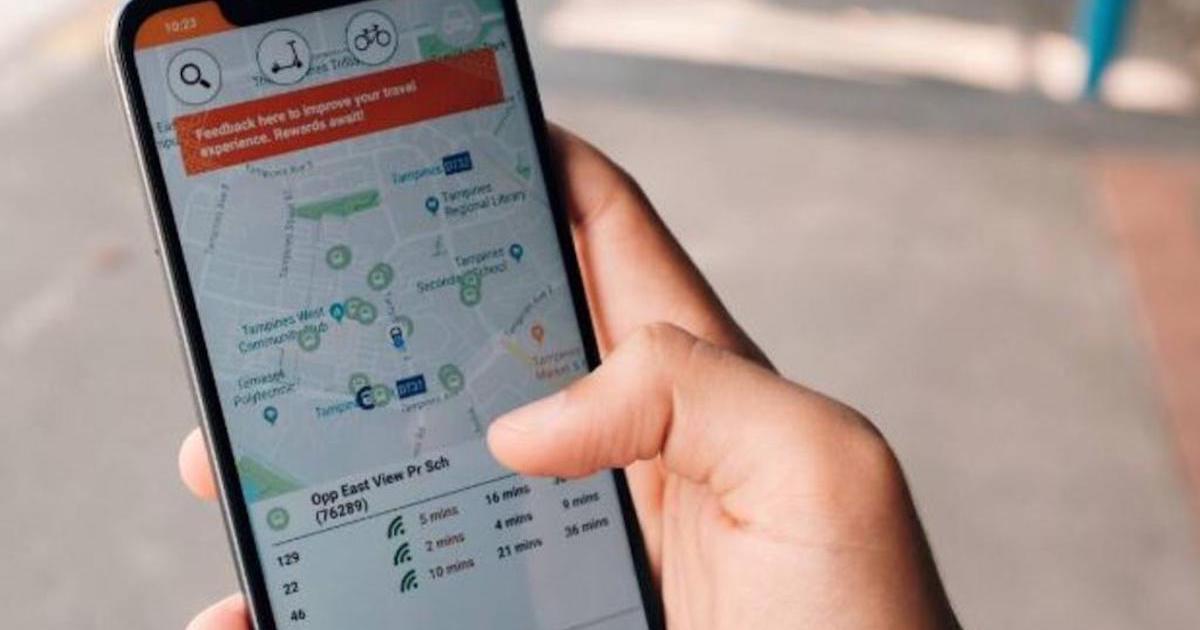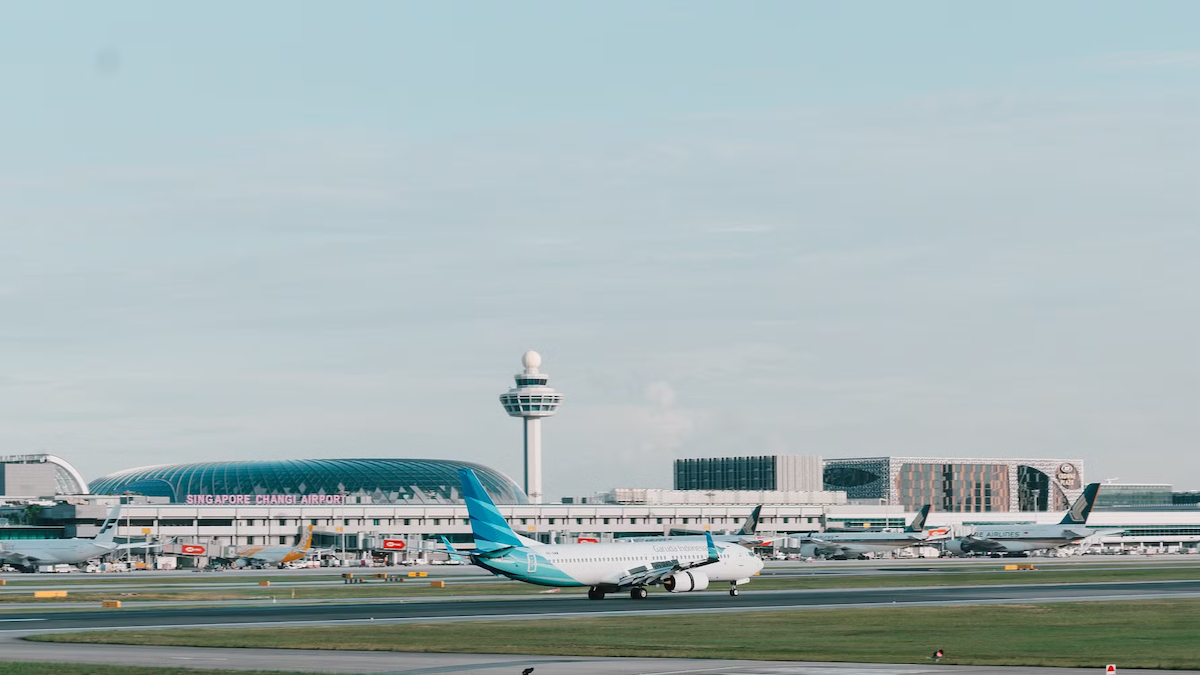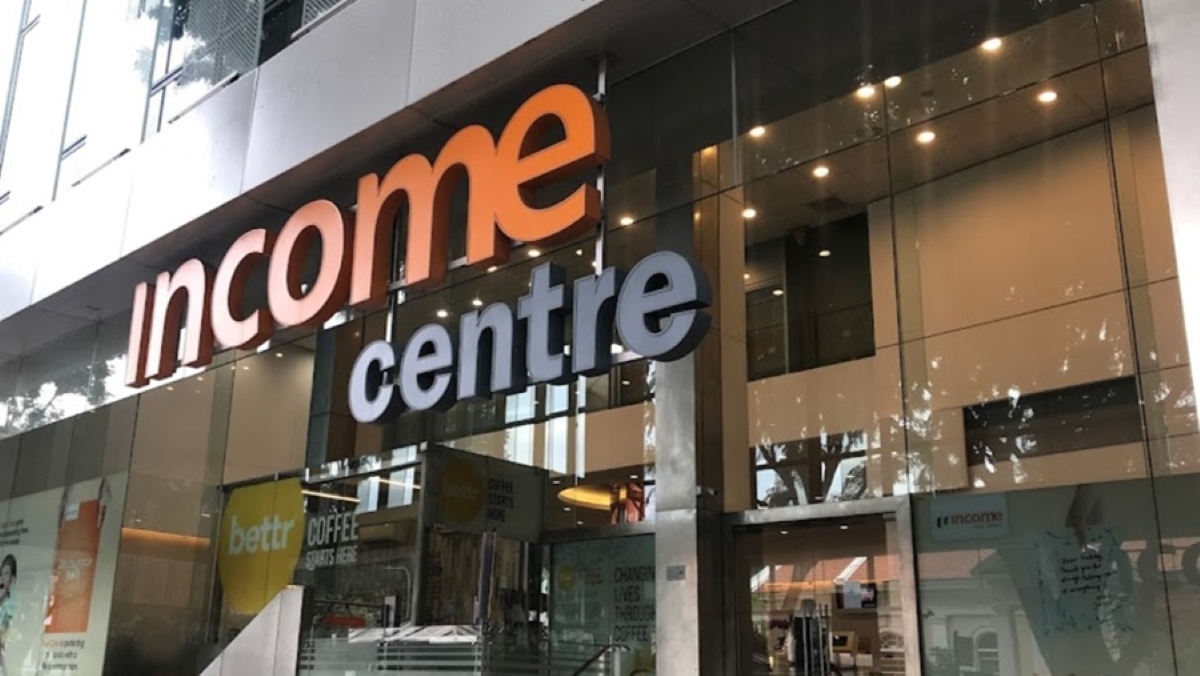Have you ever wondered how everything is being offered as a service these days? Since software as a service (SaaS) infiltrated our lives, the -aaS business model has been extended to everything under the sun.
So, why not Mobility as a Service (MaaS)?
MaaS has been touted as a game-changer for urban mobility. By enabling users to plan, book and pay for public and private transport options using a single interface, it aims to facilitate seamless travel and induce people to drive less, or not at all.
For cities struggling to reduce emissions and promote sustainability, MaaS sounds like a promising solution.
From Helsinki to Sydney, MaaS has been implemented with varying successes. Can this innovation ever live up to its hype, or is it time to move on?
MaaS in Singapore
Way back in 2014, the Land Transport Authority (LTA) launched Smart Mobility 2030, a master plan outlining how Singapore will optimise transport systems and enhance the commuter travel experience over the next 15 years.
To urban planners, MaaS — with its ability to provide consumers with multiple mobility options — felt like the panacea Singapore needed.
Not only will it support Singapore’s aspiration to become a car-lite society, but it could also solve a perennial problem associated with public transport. Namely, the first- and last-mile challenge.

Fast forward to 2019, MobilityX — a MaaS startup backed by SMRT — introduced Zipster to much fanfare.
Having onboarded mobility solutions such as Grab, Gojek, BlueSG and bike-sharing providers, Zipster had big plans to become a ‘Netflix of transport’.
Like the streaming giant, it would roll out subscription plans and provide discounted rides with its mobility partners. The ultimate goal is to allow users to transfer quickly between different transport services with minimal hassle.
In those early days, there were high hopes for Zipster to become an industry disrupter that provides a convenient and cost-effective solution for day-to-day journeys — except, it did not.
Less than two years after its launch, MobilityX collapsed and joined the ranks of flailing MaaS experiments from around the globe.
Real-world challenges

While MaaS can endow a city with numerous benefits, certain aspects of its business model are too fundamentally flawed to make it commercially viable.
Firstly, public transport is already heavily subsidised. Therefore, a MaaS subscription would need to provide a substantial discount of at least 30 per cent to sway users towards the service.
According to Professor David Hensher, an eminent researcher on MaaS at the University of Sydney, all MaaS is doing is delivering the next fancy trip-planning app.
For it to take-off, it has to have a reward program that goes beyond discounts to other incentives of a broader nature. A slight reduction in fares is not enough to get people interested.
– Professor David Hensher, Director, Institute of Transport and Logistics Studies
There also appears to be little differentiation in using Zipster as opposed to Google Maps. Both give users a comparison of routes and prices, directing users to different operators to book their journeys.
Most importantly, transport operators in Singapore are already known for their all-in-one superapps that provide customers with more than a ride-booking service.
The Grab app, for instance, is already well-established in the market before Zipster’s arrival.
Meanwhile, ComfortDelGro has also invested millions in building a superapp to rival Grab. Known as the CDG Zig, the app allows users to order food, make hotel reservations and book an electric vehicle (EV) charging point.
So far, both transport superapps have succeeded in dominating the market and luring users with reward points through their loyalty programs. As such, it will be hard to convince commuters to switch to a MaaS platform.
Without the incentives and conveniences provided by superapps such as Grab and CDG Zig, one could almost call MobilityX a pointless startup trying to sell a half-baked solution via Zipster, a transit intermediary nobody needed.
With a flawed product that does not attract enough users and seemingly zero prospects of generating revenue, it is no surprise that SMRT and investors pulled the plug, sending Singapore’s first MaaS to an early death.
A return of MaaS?

So far, the successful implementation of MaaS has proven elusive not only in Singapore.
Finnish MaaS firm Kyyti has faced the same hurdles, filing for bankruptcy in 2021 before being acquired by CGI to live another day.
The UK’s first MaaS service in the West Midlands did not fare well either. The trial venture with MaaS Global offered users an all-inclusive monthly package for unlimited access to buses, trams, taxis, and bike-share schemes. However, it failed to attract enough users onboard, and the project was eventually scrapped.
But despite the mixed reviews and constant struggle to make money, there is continued interest in trying to make MaaS work due to its potential to reduce congestion and promote sustainable travel.
Therefore, while MaaS might have departed rather abruptly from our shores, there is definitely a chance for a comeback.
But rather than leave it in the hands of private startups, the resurrection of MaaS should be a government initiative as it will be driven by public transport operators willing to subsidise services.
That way, savings can be directly passed on to consumers without going through a third-party seeking a profit between transactions.
In addition, the next iteration of MaaS should maximise simplicity and convenience by providing real-time traffic updates and being completely integrated.
That means users can pay for a train ride, followed by a bike or private-car hire in a single step instead of being directed to another app.
There is still hope that MaaS can be the answer to help Singapore achieve its car-lite vision and become an even more liveable city.
But for now, we can always rely on good old Google Maps to plan a trip, followed by a first-world problem of deciding whether it shall be Grab or Zig that we pledge our loyalty for our last-mile journey home.
Featured Image Credit: Zipster
Also Read: This 28-year-old’s mobility tech startup offers on-demand bus sharing for as low as S$2/trip








